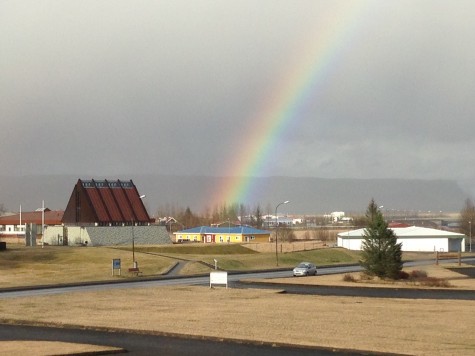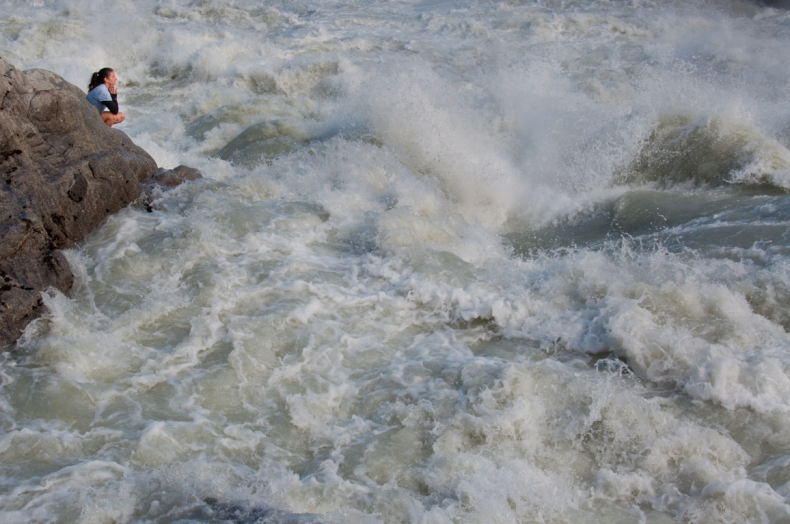
Where it bursts through the gates of the southern Andes in the rugged interior of the Aysén region of southern Chile, the Rio Baker is a kicking horse. The most voluminous river in the country, it has been on the chopping block for several years, part of a 9-billion-dollar dam construction project that until last week had been feeling inevitable.
Last Tuesday, the Chilean government struck down five dams planned for two remote rivers, one of them being the Baker, the other its largest tributary, the Pascua. For the environmental movement in Chile the defeat of this multinational project, backed by the majority of the country’s public opinion, is a surprising step forward. One of the of the last sparsely-populated temperate regions of the world, the Aysén of northern Patagonia, was about to be descended upon on an industrial level, including a 1,200-mile-long high tension power line that would have been required to get the hydroelectricity out of there. It would have the longest single power line in the world built into the isolated heart of the Aysén, and the region would have been suddenly open to extraction enterprises, namely aluminum smelting.
Patricio Rodrigo, executive secretary of the Patagonia Defense Council, was quoted in Time Magazine calling the decision “the greatest triumph of the environmental movement in Chile.” Rodrigo said, that it “marks a turning point, where an empowered public demands to be heard and to participate in the decisions that affect their environment and their lives.”
I traveled on the Baker a few years ago, part of a film crew out for three weeks crossing glaciers around the Northern Patagonian Icefield, then switched from crampons and backpacks to kayaks and rafts to run the Baker from source to sea. The film was one of several made around that time, all of them trying to get out the message about these potential dams. The purpose of our journey was to complete the hydrologic cycle on a river. We would follow it from beginning to end, something you can rarely do on major rivers in any country. More often, you are stumbling over high dams that hold back water and sediment, changing the nature of everything downstream. In this case, our journey would be seamless, undammed. Continue reading
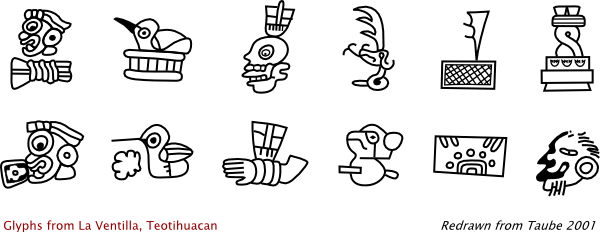
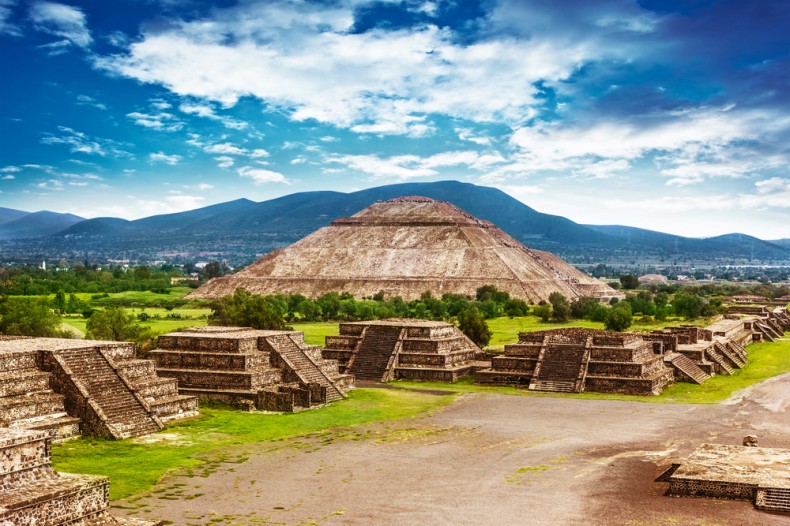
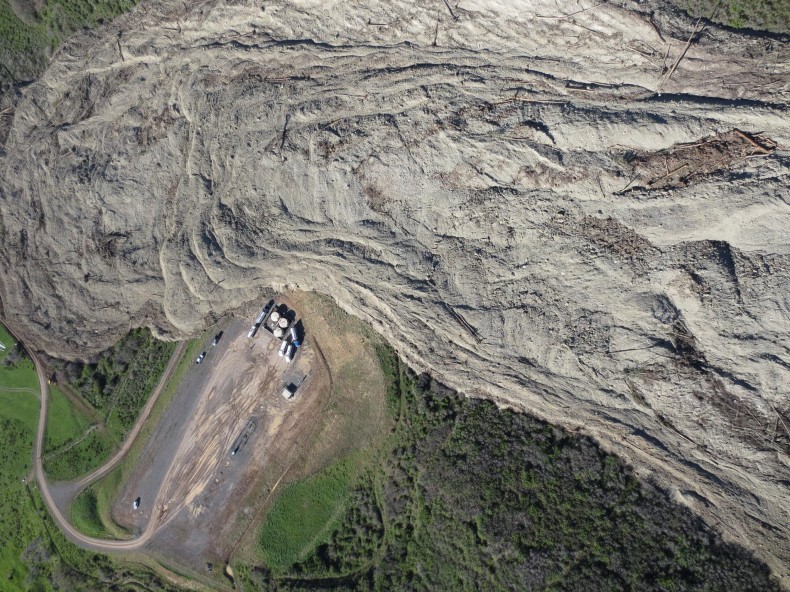
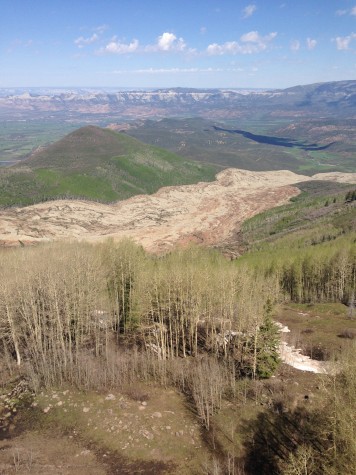 A few weeks ago, geologic time made itself visible to me and my community when a massive section of the mountain we call home slid down the hill in an epic display of nature’s brute force. The mudslide happened on Sunday, May 25 near Collbran, Colorado, trapping, and presumably killing, three men.
A few weeks ago, geologic time made itself visible to me and my community when a massive section of the mountain we call home slid down the hill in an epic display of nature’s brute force. The mudslide happened on Sunday, May 25 near Collbran, Colorado, trapping, and presumably killing, three men. 


